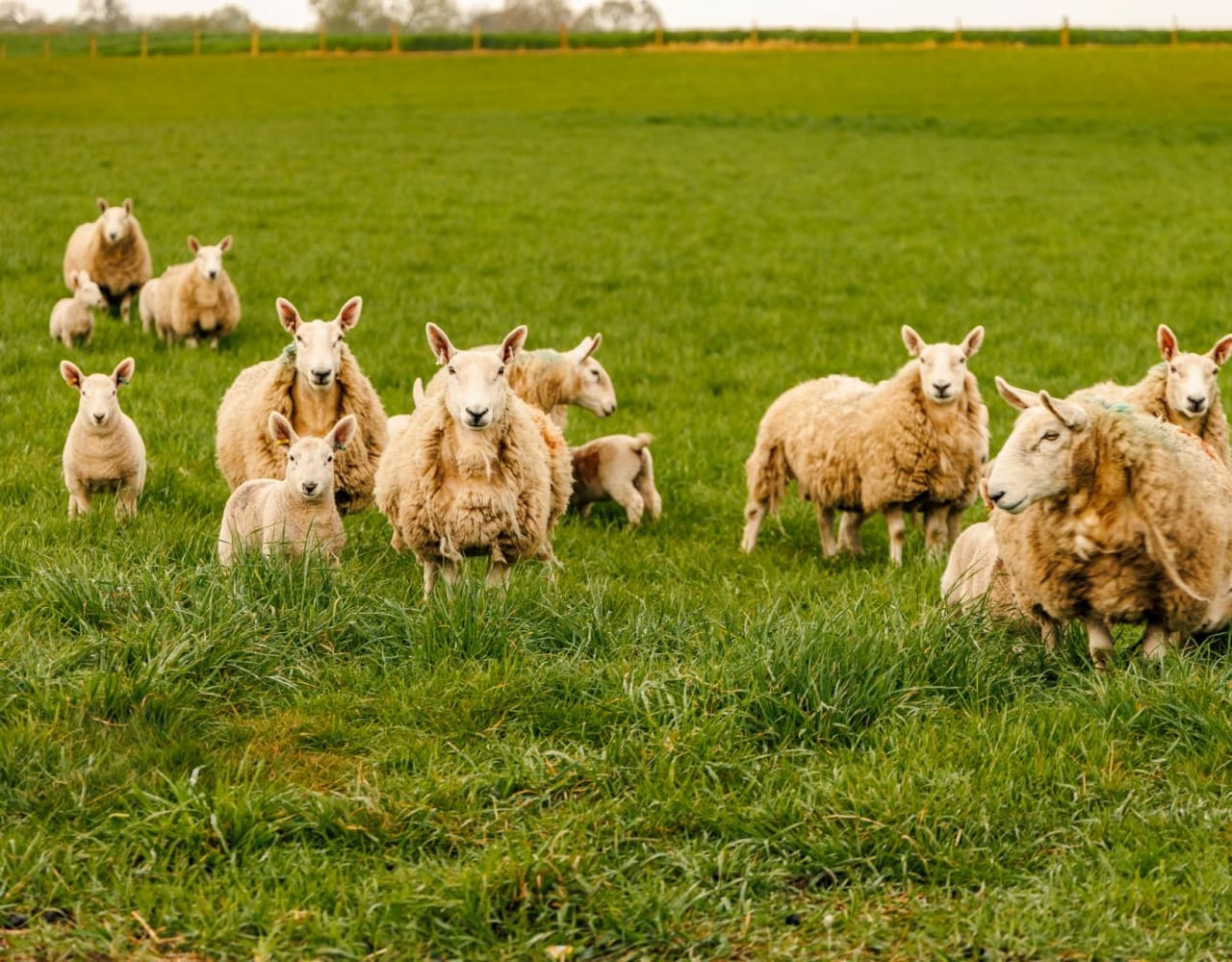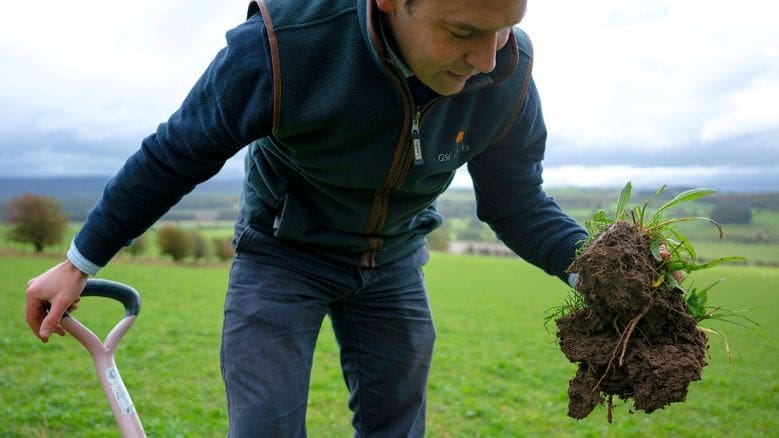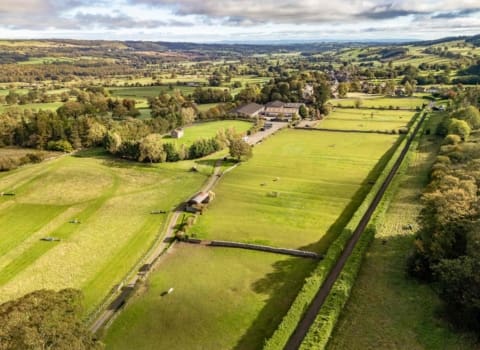Contact our offices
Main office
COLBURN
5 & 6 BAILEY COURT
COLBURN BUSINESS PARK
RICHMOND
NORTH YORKSHIRE
DL9 4QL
Estate Agency Offices are located in
BARNARD CASTLE, BOROUGHBRIDGE & RICHMOND
Residential Management Team
Our Offices
- Alnwick
01665 568310
Email Officealnwick@gscgrays.co.uk - Barnard Castle
01833 637000
Email Officebarnardcastle@gscgrays.co.uk - Boroughbridge
01423 590500
Email Officeboroughbridge@gscgrays.co.uk - Chester-Le-Street
0191 3039540
Email Officechester-le-street@gscgrays.co.uk - Colburn
01748 897630
Email Officecolburn@gscgrays.co.uk - Driffield
01377 337180
Email Officedriffield@gscgrays.co.uk - Hamsterley
01388 487000
Email Officehamsterley@gscgrays.co.uk - Hexham
01434 611565
Email Officehexham@gscgrays.co.uk - Kirkby Lonsdale
01524 880320
Email Officekirkbylonsdale@gscgrays.co.uk - Penrith
01768 597005
Email Officepenrith@gscgrays.co.uk

Navigating Environmental Scheme Volatility: Building Resilience in Grazing Systems
Recent shifts in environmental funding schemes have underscored the need for UK farmers to reassess their reliance on government subsidies and place greater emphasis on the underlying profitability and resilience of their enterprises. The abrupt closure of the Sustainable Farming Incentive (SFI) and the recent temporary withdrawal of capital grants have highlighted the volatility inherent in public support frameworks and the risks associated with heavy dependence on government support.
Reducing Reliance on Government Payments
While public funding has historically played a pivotal role in farm incomes, its uncertain future alongside the significant reduction of Basic Payment Scheme (BPS) funding, makes it clear that long-term business models must function independently of these mechanisms.
Some livestock enterprises still in receipt of environmental payments—whether through Countryside Stewardship or earlier schemes—have begun reallocating a portion of that income toward advisory services and strategic planning. This approach reflects growing recognition that future schemes may be significantly less well funded, and that preparation now is essential for long-term viability.
Though the removal of SFI has caused frustration, it is essential to recognise the long-term benefits that have emerged from engagement with such schemes. For many producers, SFI introduced valuable practices that strengthen the sustainability and resilience of their businesses and should not be abandoned simply due to the loss of financial incentives.
Grazing systems have seen improvement through the adoption of practices such as herbal leys and legumes in grassland, as well as rotational grazing. These measures, originally incentivised by the scheme, contribute directly to soil health, pasture resilience, and overall enterprise efficiency.
Practical Grazing Enhancements
Herbal leys—once planted primarily for payment eligibility—have proven their worth in more practical terms. Benefits include improved soil structure, longer grazing seasons, drought tolerance, and potential anthelmintic effects. These attributes support reduced reliance on inputs such as fertiliser, anthelmintics and compound feeds, contributing to both cost savings and environmental performance.
Rotational grazing systems, when implemented effectively, help maintain forage availability throughout the year. This reduces the pressure on conserved forage and supplementary feedstocks, thereby easing cash flow and improving the consistency of nutritional intake for livestock.
One of the highest operational costs in livestock production lies in supplementary feeding and winter housing. Any shift in husbandry that extends the grazing period while reducing the housing window will yield considerable savings. By reducing the need for concentrates and other feed inputs, producers benefit from lower feed bills, decreased labour requirements, and reduced machinery and fuel usage.
The broader value of time and labour efficiency should not be overlooked. Labour, whether family or hired, carries an inherent cost. Practices that reduce feeding frequency, bedding requirements, or machinery use all contribute to leaner operating structures.
Soil Health and Climate Resilience
The agronomic benefits of herbal leys extend well below the surface. Deep-rooting species improve soil structure and drainage, enabling livestock to remain on pasture for longer without damaging soil integrity. During periods of heavy rainfall, well-structured soils also support better surface conditions, reducing poaching and the need to bring animals indoors prematurely.
Additionally, deeper roots provide access to moisture reserves at lower soil depths, improving drought resistance during extended dry periods—a concern that continues to grow given the increasing incidence of extreme weather events. In this context, climate resilience becomes an essential goal, with soil health central to its achievement.

Biological Functions: Nitrogen Fixation and Parasite Control
Many of the species incorporated into herbal and legume-rich swards perform natural functions which were previously reliant on purchased inputs. Nitrogen-fixing plants reduce the need for synthetic fertilisers, while certain herbs offer mild anthelmintic properties that support internal parasite control.
These natural functions create systems that are both economically and environmentally sustainable, further contributing to long-term resilience and reducing exposure to market fluctuations in fertiliser and veterinary medicine prices.
Applying Lessons from Scheme Participation
Rather than viewing the withdrawal of SFI and related schemes solely as a setback, producers are encouraged to extract lasting value from the insights and practices introduced during their implementation. The emphasis must now shift toward voluntary adoption of these techniques, driven not by compliance, but by their inherent merit in enhancing productivity, sustainability, and business independence.
Environmental schemes have offered technical insights that, when strategically retained and applied, can provide a strong foundation for future grazing management. Their legacy should be the promotion of adaptive, resilient, and efficient farming systems, capable of thriving with or without public support.










